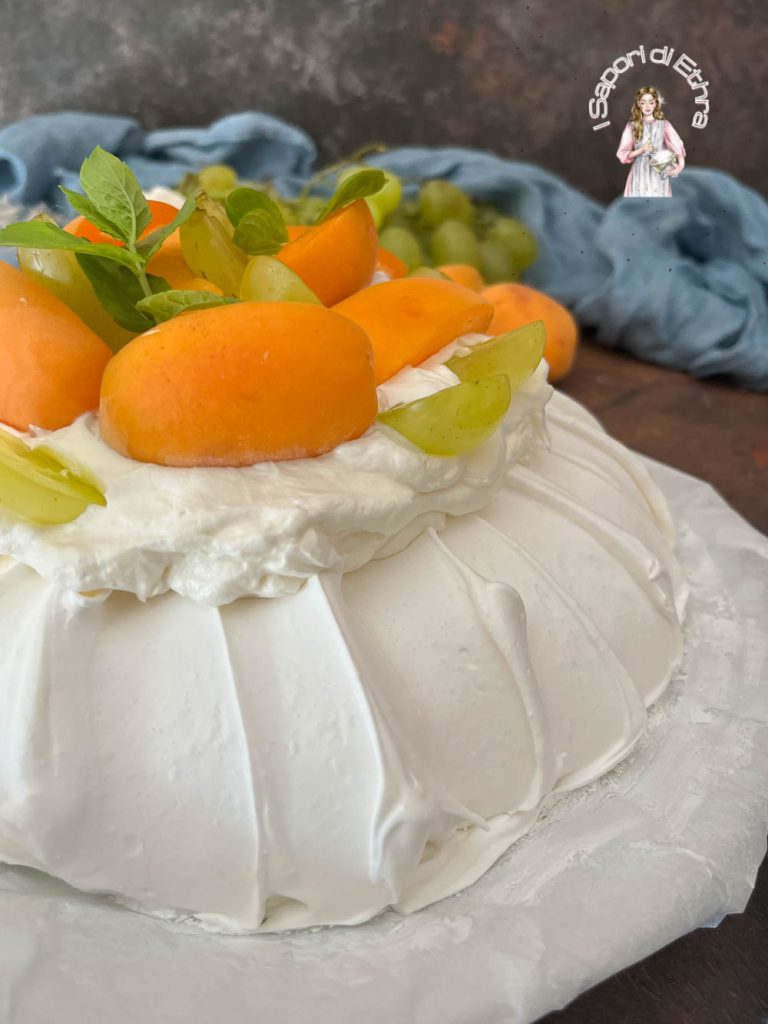Pavlova Cake with Cream and Whipped Cream. Today I will guide you step by step in the preparation of this delight, a perfect combination of a crispy meringue on the outside and soft inside, a velvety cream and fresh whipped cream. Elegant and refined, the Pavlova is ideal for any special occasion. You’ll learn how to make it at home, without sacrificing taste and beauty. I’ll reveal how to create a dream dessert, perfect for your special occasions. The Pavlova is much more than a simple cake; it’s an unforgettable taste experience. A dessert of New Zealand origin (some say it was born in Australia), the original cake features a crispy meringue shell with a soft heart inside, decorated with cream and fresh fruit. I decided to add a bit of custard. The Pavlova is essentially easy to make but care must be taken to ensure the meringue shell does not crack during baking. Unlike other meringues, Pavlova includes cornstarch, which will give it a crispy exterior and a soft and airy consistency inside. It’s very important to clean everything you use perfectly before making the Pavlova; there shouldn’t be any trace of fat, otherwise, the egg whites will struggle to whip. Another tip is to use egg whites at room temperature, so they will whip more easily. Another crucial caution is to ensure that when separating the egg whites from the yolks, there is no trace of the latter, or they won’t whip.
Below is the recipe
READ ALSO
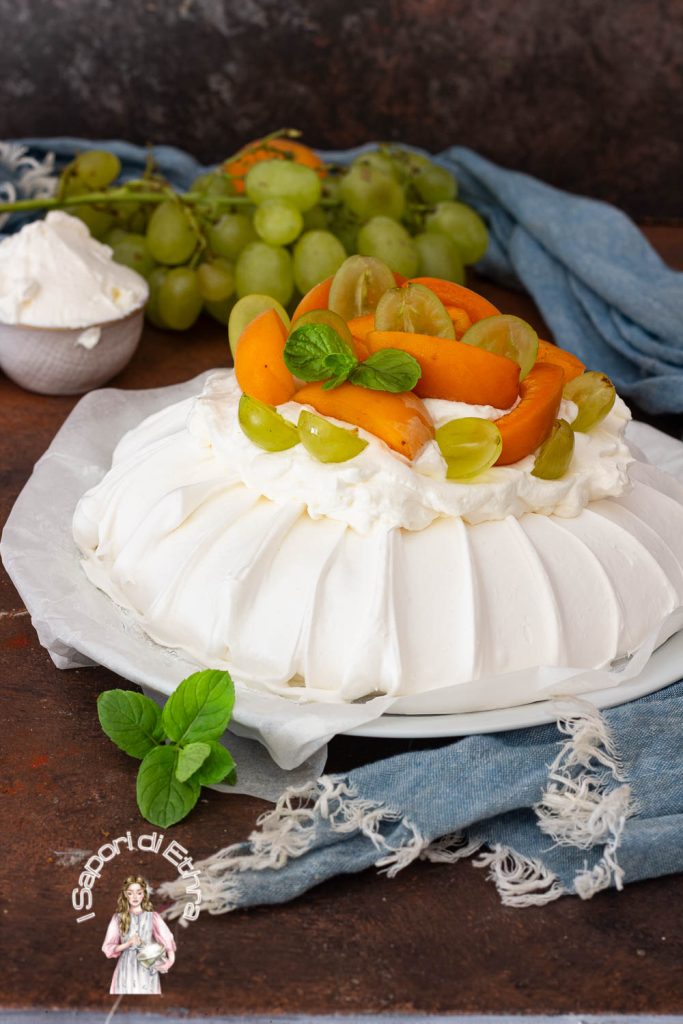
- Difficulty: Very easy
- Cost: Very cheap
- Rest time: 1 Day
- Preparation time: 20 Minutes
- Portions: 6
- Cooking methods: Oven
- Cuisine: New Zealand
- Seasonality: All seasons
- Energy 434.61 (Kcal)
- Carbohydrates 59.28 (g) of which sugars 57.03 (g)
- Proteins 5.73 (g)
- Fat 20.33 (g) of which saturated 0.55 (g)of which unsaturated 0.58 (g)
- Fibers 0.52 (g)
- Sodium 76.15 (mg)
Indicative values for a portion of 200 g processed in an automated way starting from the nutritional information available on the CREA* and FoodData Central** databases. It is not food and / or nutritional advice.
* CREATES Food and Nutrition Research Center: https://www.crea.gov.it/alimenti-e-nutrizione https://www.alimentinutrizione.it ** U.S. Department of Agriculture, Agricultural Research Service. FoodData Central, 2019. https://fdc.nal.usda.gov
Ingredients
- 5 oz oz egg whites (at room temperature)
- 1 1/4 cups cups powdered sugar
- 3/4 cup cup granulated sugar (superfine. If you can't find it, pass it through a mixer.)
- 2 tsp tsp lemon juice
- 1 tbsp tbsp cornstarch
- 7 oz oz custard
- 1 1/4 cups cups whipping cream
- 2 apricots
- 10 bunches grapes
Tools
- 1 Stand Mixer
Steps
In a perfectly clean stand mixer, place the egg whites at room temperature and start working at low speed
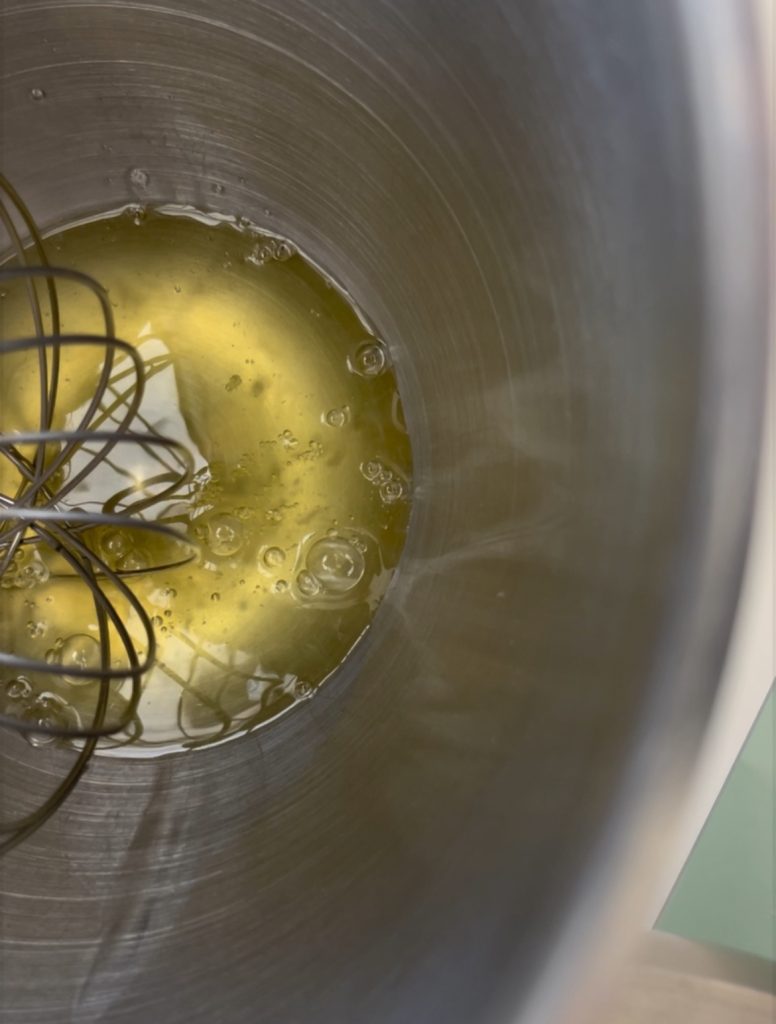
you will see that a foam will slowly start to form
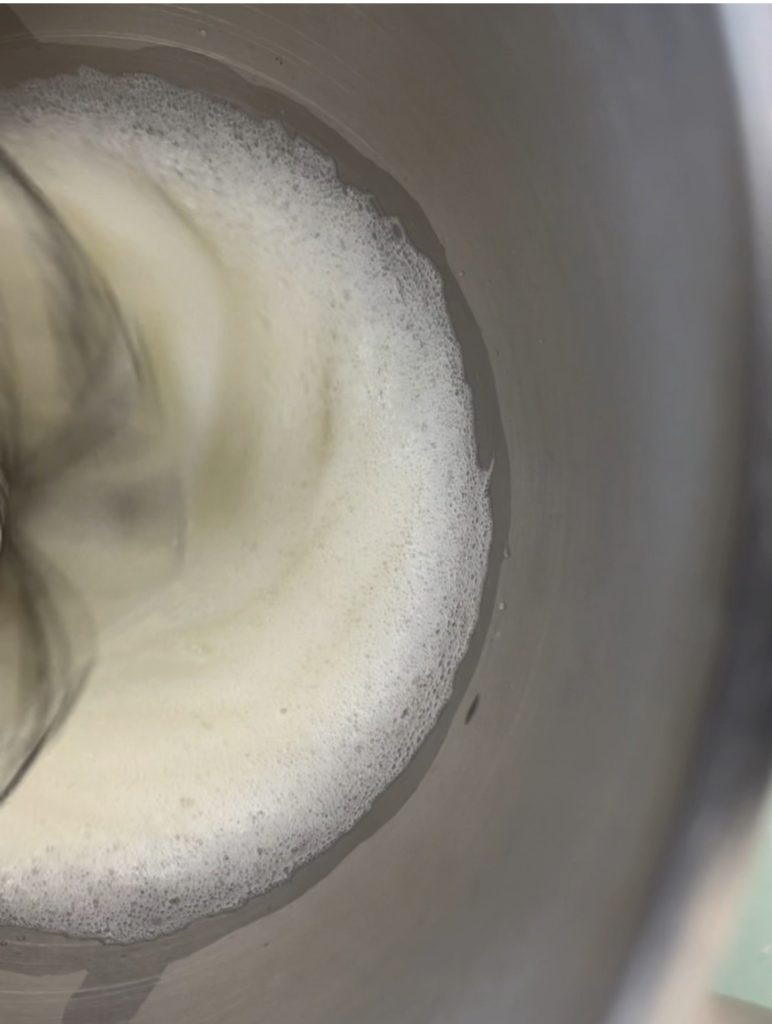
this will be the time to add the lemon juice
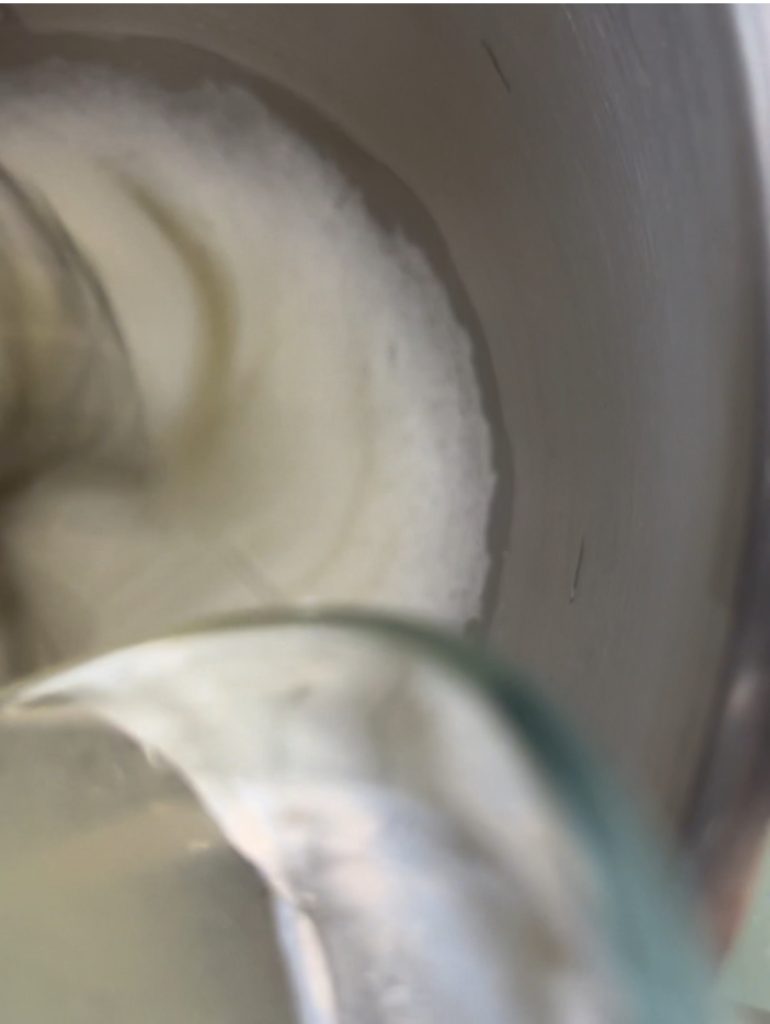
work and whip for at least 10 minutes and gradually add the sugars which you have previously combined in a bowl.
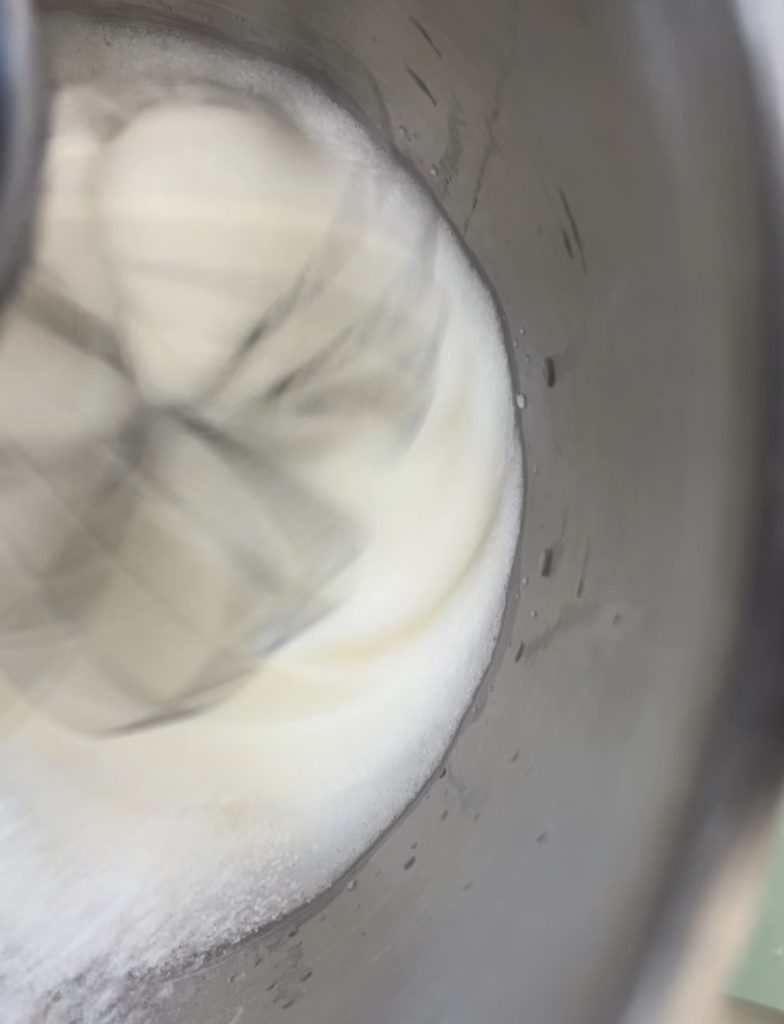
Try to add the sugars gradually, it will take about 10 minutes to achieve this consistency.

Sift the cornstarch and add it to the mixer
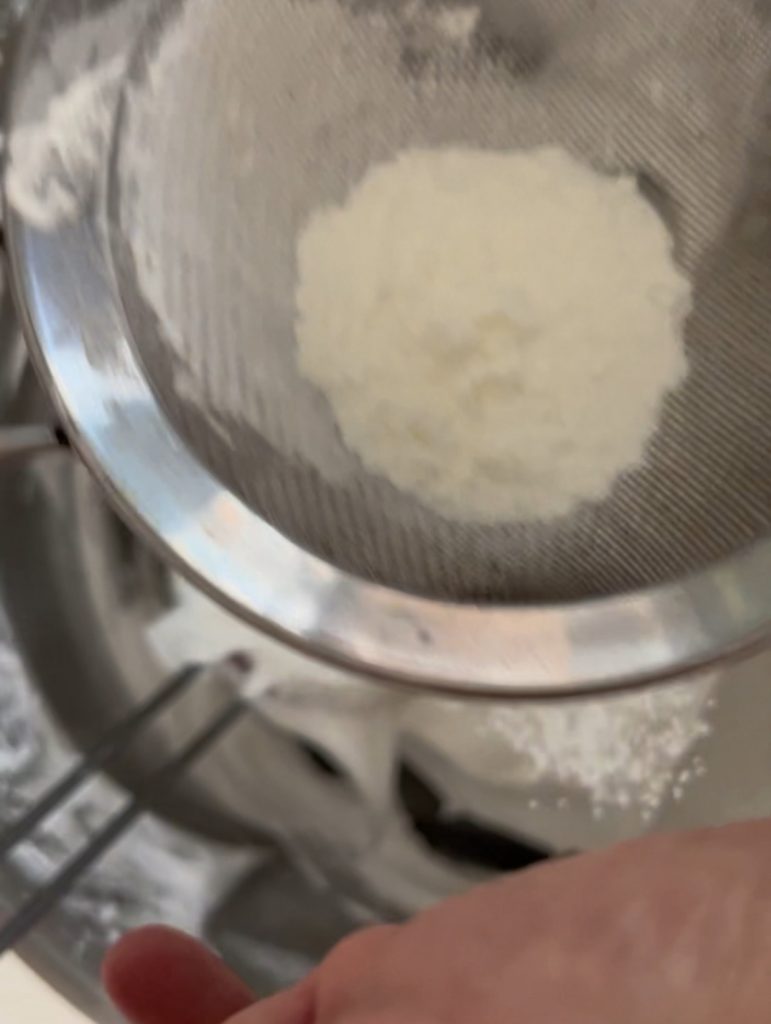
with a spatula by hand, with slow movements from bottom to top.
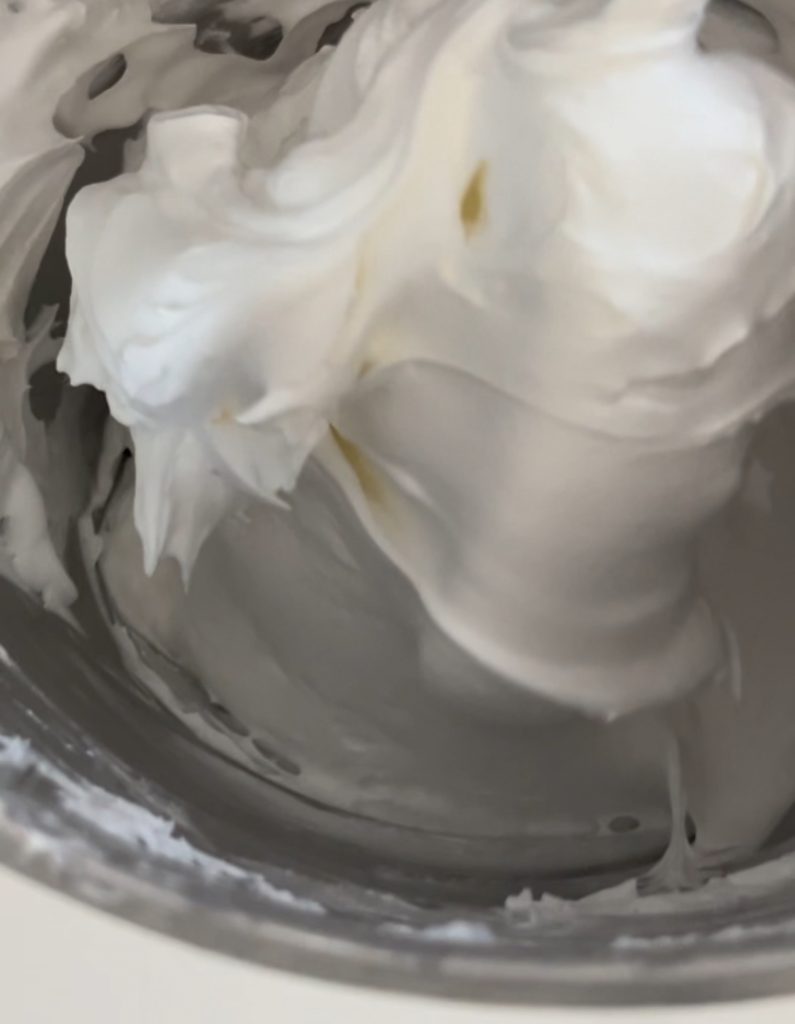
You need to get the classic peak as in the picture
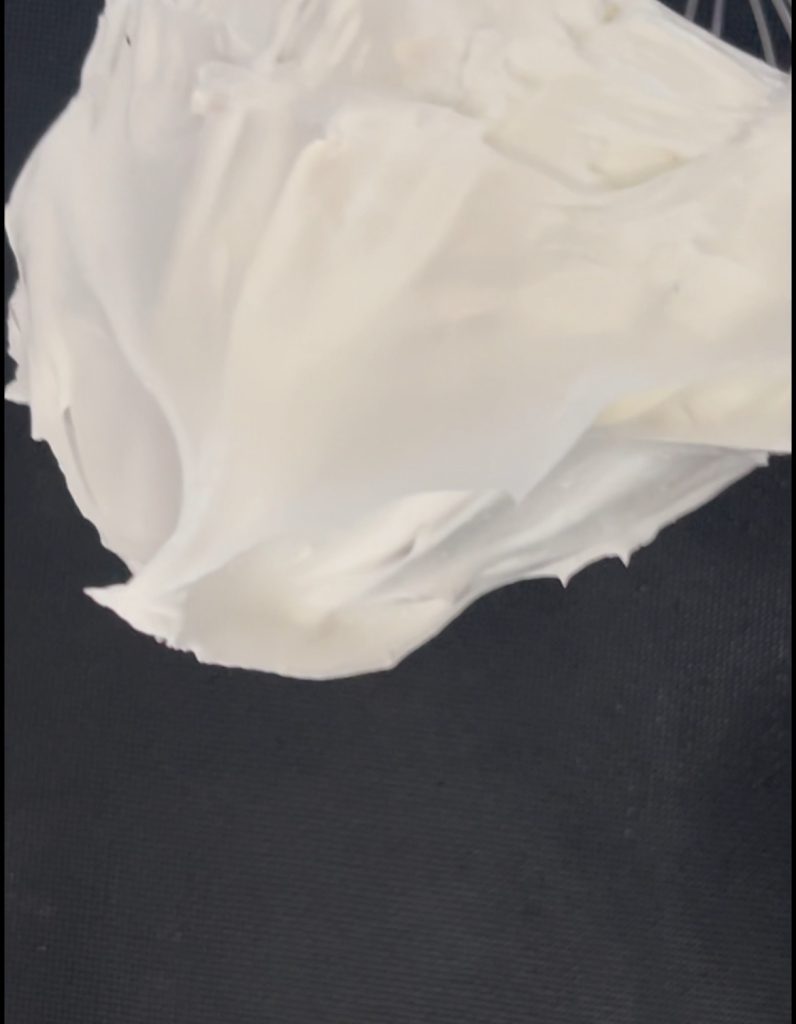
Now on a baking tray covered with parchment paper or a baking mat, pour the meringue and shape it as desired, making lateral stripes with the spatula from bottom to top. Bake in a preheated static oven at 266°F for the first 10 minutes, then lower to 194°F and continue baking for another 90 minutes. At the end of baking, let the Pavlova cool in the oven with the door slightly open, using the handle of a wooden spoon to help you. I usually prepare it in the evening and leave it in the turned-off oven all night.

Fill the Pavlova just before serving. With a bit of custard
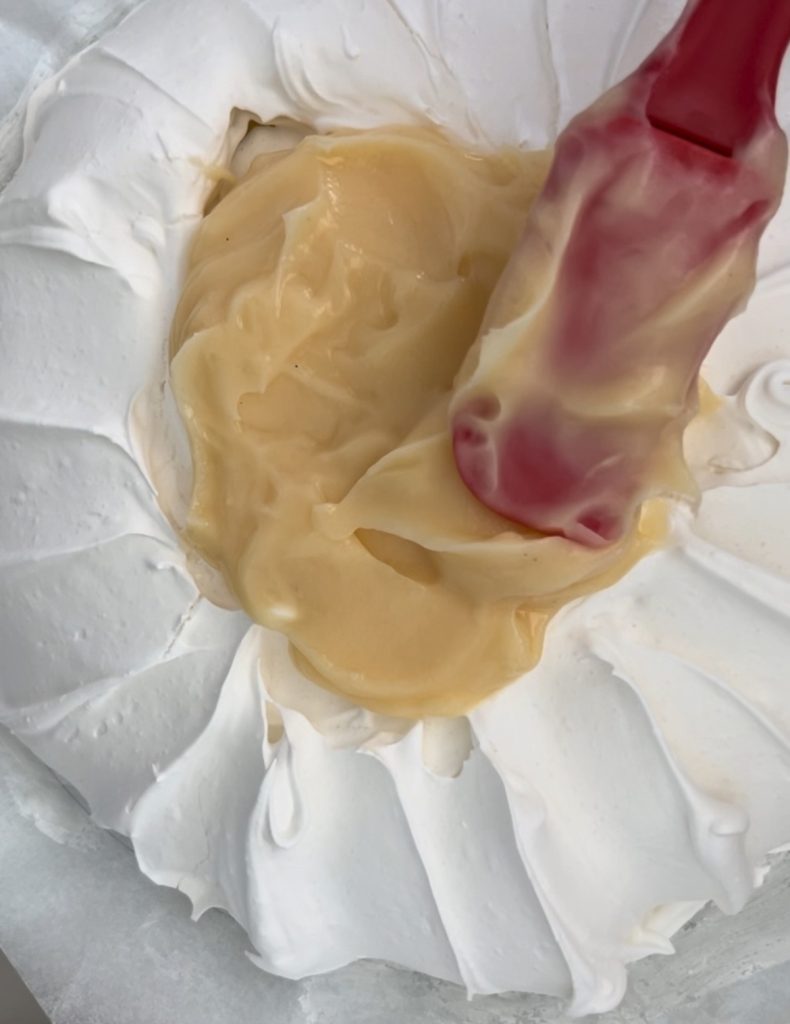
cream and
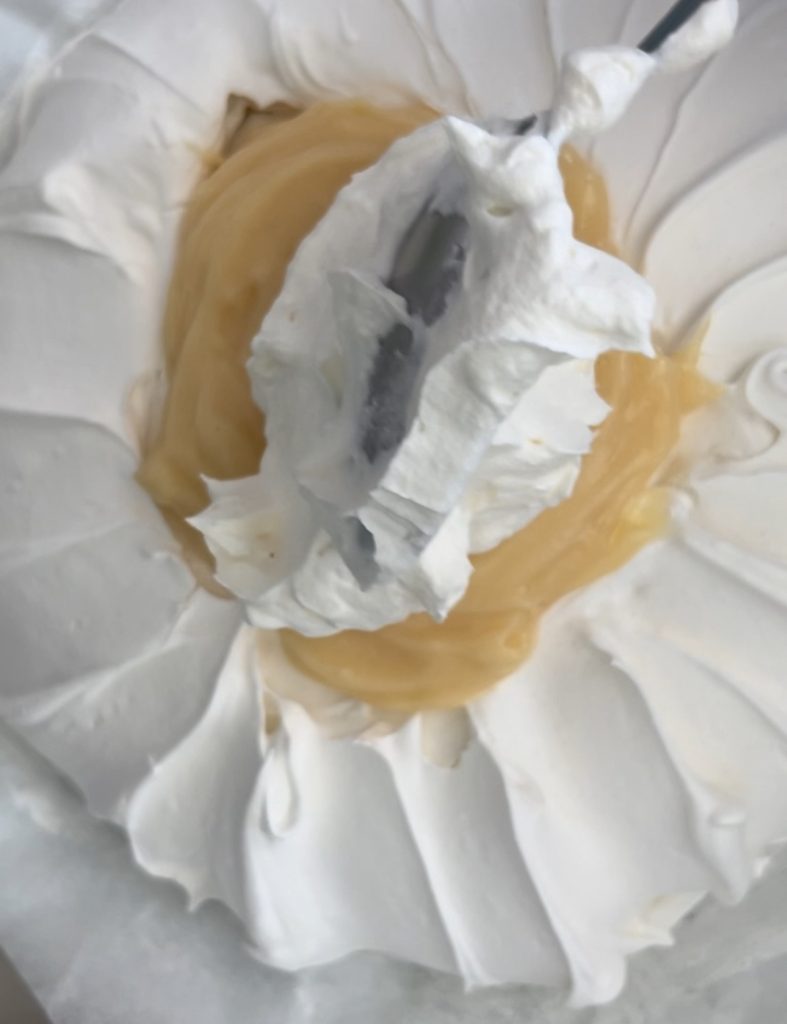
fresh fruit, in this case apricots and grapes.
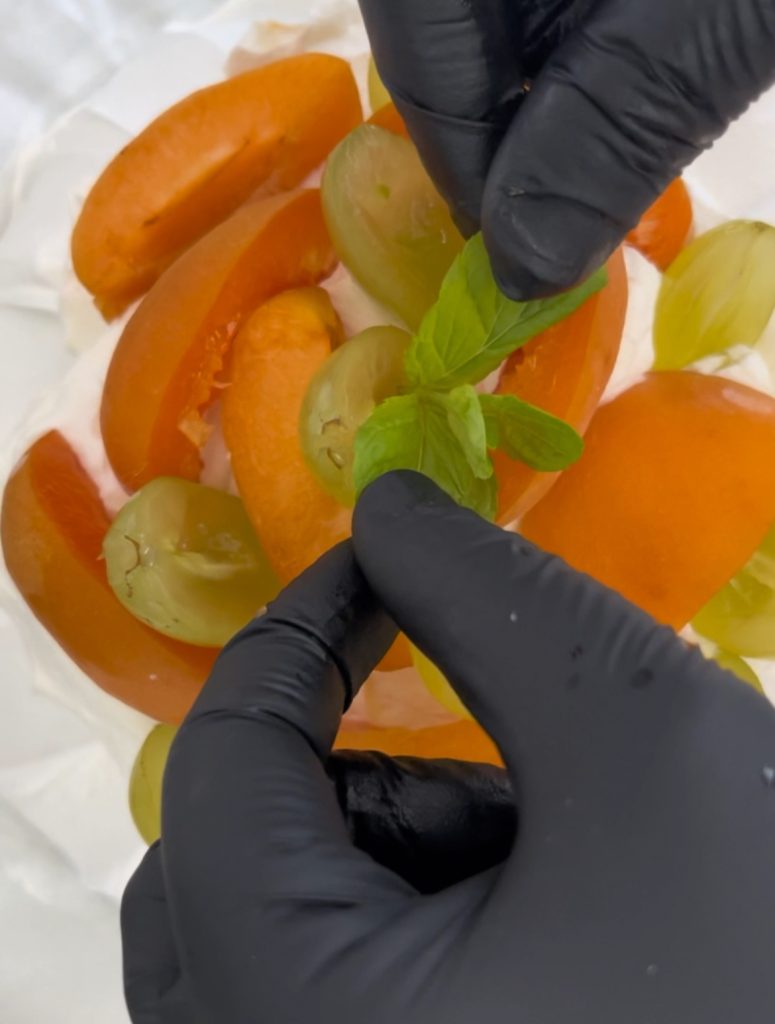
When cut, it will appear crispy on the outside and slightly soft inside
